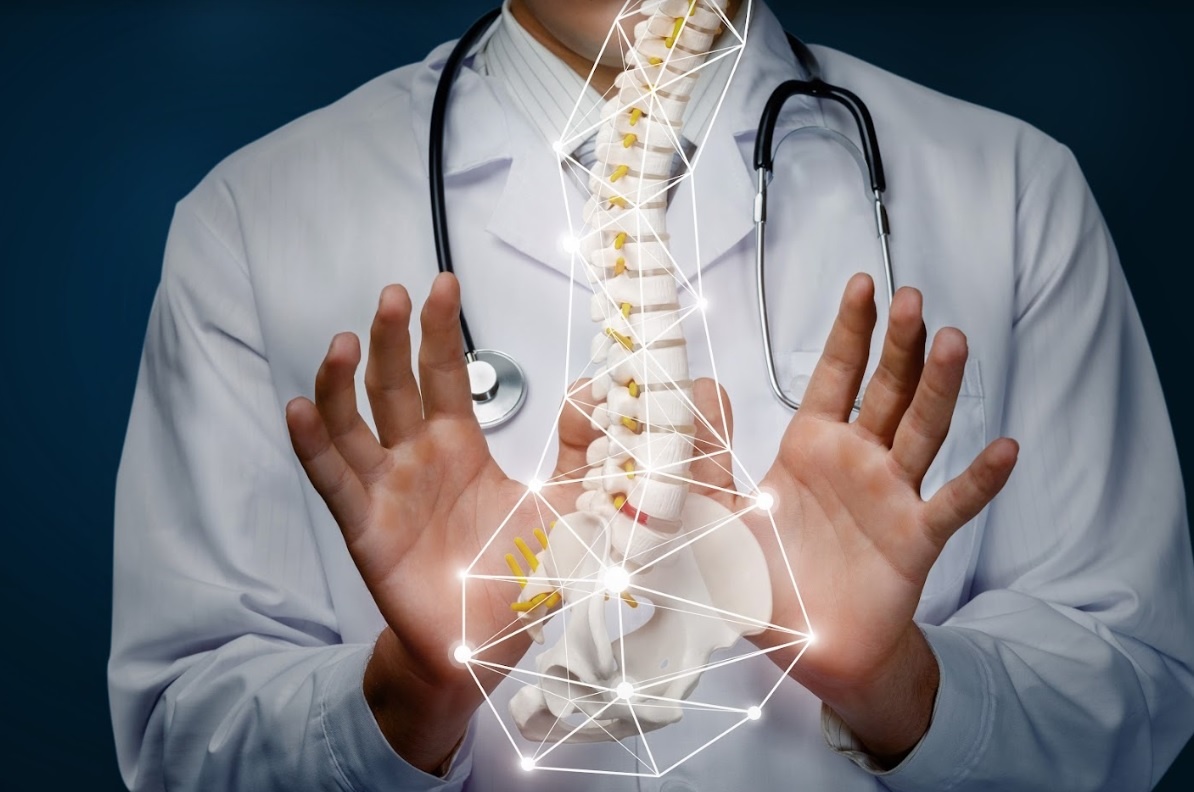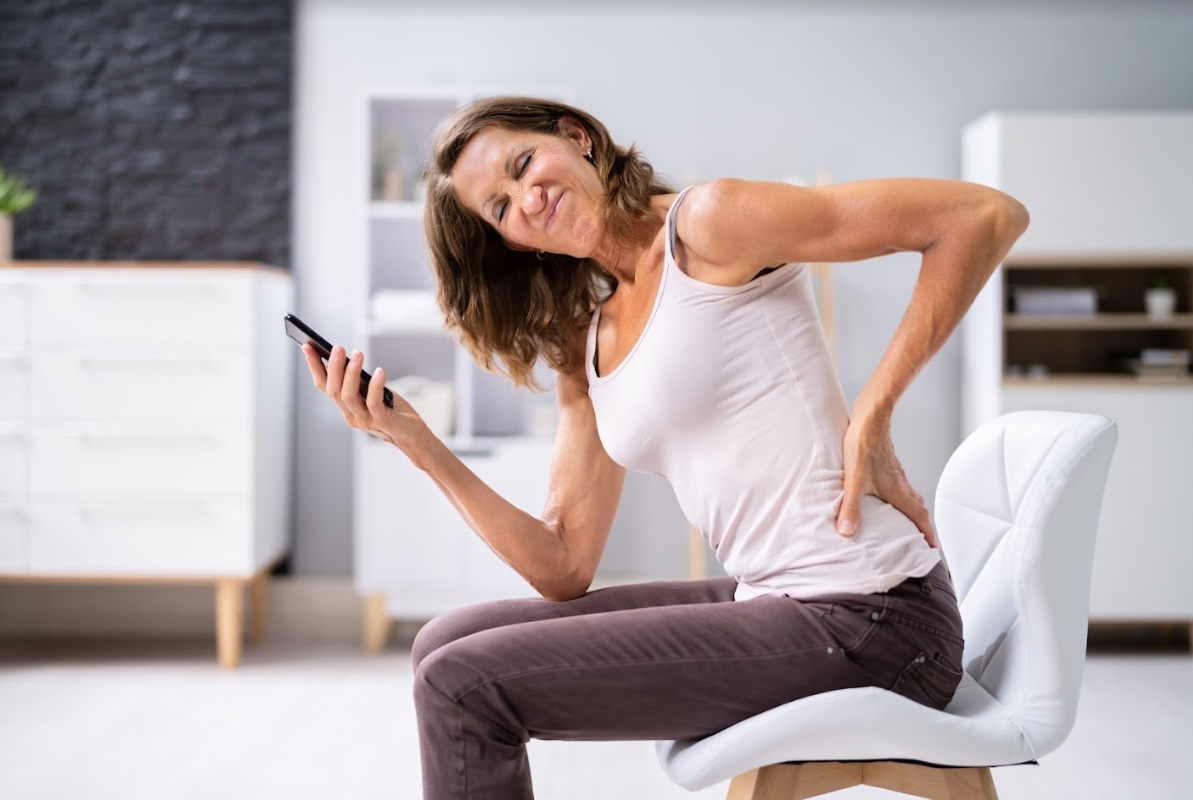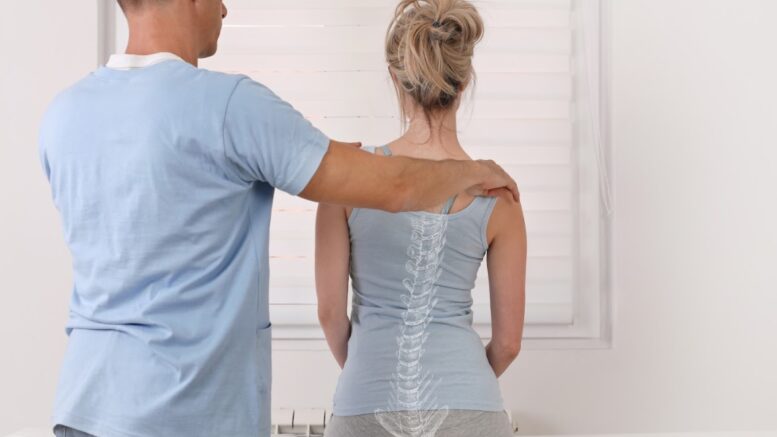Back pain affects the majority of adults at some point in their lives. It might range from slight discomfort after a long day at work to acute nagging that interferes with your everyday routine. Finding suitable relief options can be a challenge for many.
Back pain can be considered a widespread issue, affecting around 80% of adults at certain points in their lives. The pain can be due to various causes, such as a muscle strain after an accident or lifting heavy objects. In other instances, having certain conditions such as scoliosis, osteoporosis, or arthritis can trigger back pain.
Depending on the severity of the back pain, doctors might suggest surgery to manage chronic back pain. However, surgery is usually the last resort. Other treatment options, such as home remedies, lifestyle changes, and alternative medicine, may help improve or alleviate back discomfort. It may be best to try out these options first. If you want to know the root cause of your back pain, consider working with a reliable professional specializing in pain management, such as Dr. Poonia and others.
Remember that back pain has various causes and varies in severity. There’s no one-size-fits-all treatment, and what’s effective for one might not work for you. Here are some non-surgical options for treating back pain.
Physical therapy
Physical therapy is usually at the top of many people’s lists of non-surgical treatment options for back pain.
A physical therapy session involves performing specific stretches and exercises under the guidance of a physical therapist. These exercises reduce back pain by reducing tension or strengthening particular areas.
One study shows that individuals suffering from low back pain who undergo physical therapy are less likely to require other treatment options.
Injection-based therapies
Today, there are also injection-based treatment choices for back pain. Some popular options that may relieve chronic back pain include epidural steroid injections, nerve ablations, and nerve blocks.
In general, they may be appropriate options once the source of the pain is ascertained. The injections may temporarily relieve pain, but they are not intended to be a long-term remedy.
Posture correction
In some cases, poor posture may be to blame for back pain. If poor posture is the cause, corrective measures may provide relief. Today’s wearable devices work by gently pulling the shoulders back as a reminder to correct the posture.

You can also implement modifications in your workplace, especially if the work desk or computer lacks proper ergonomics. It’s best to start by switching to the right ergonomic chair or sitting position to help maintain the right posture while you work.
Wearing the proper footwear
Switching to the proper footwear is a simple way to deal with back pain. Wearing the wrong type of footwear can be a factor in the misalignment of the hips, legs, and back, leading to back pain at some point. Shoes that are too small or don’t provide enough support are also potential culprits. The same applies to high-heeled shoes.
Some individuals claim that using custom orthotics for a set period helps alleviate back pain. If you suspect your footwear is causing back pain, consult a foot specialist to see if orthotics are required.
Regular exercise
Exercise may help manage back pain. Although some may find it challenging to stay active if their back pain is severe or chronic, staying active may be the most promising natural treatment for various types of pain.
Several studies have shown that exercise causes the release of endorphins. These natural brain chemicals act by reducing pain by binding to opioid receptors in the brain, producing a moderate effect similar to prescription opioids. Additionally, according to one study, aerobic exercise causes the release of endorphins, which helps alleviate low back pain.
Switch to an anti-inflammatory diet
Inflammation has a variety of causes, and certain foods can be contributing factors. An option to help reduce inflammation in the body is following an anti-inflammatory diet. Sadly, most people nowadays have a pro-inflammatory diet that lacks vegetables and fruits and contains large amounts of refined grains, meat, and sugary foods. Certain foods, particularly those high in sugar and trans fat, can exacerbate inflammation.

In some individuals, back pain may be due to chronic inflammation. The anti-inflammatory diet includes certain foods that may help lessen inflammation. Whole grains, fruits, vegetables, fish, and nuts are foods that can help reduce inflammation in the body.
Back brace
A back brace may be an option for some people to alleviate their pain. A lower back brace may be an option for treating various back pain conditions, and most are available in various materials with varying degrees of rigidity and postural control.
Today, back braces are available as flexible, semi-rigid, and rigid. Using a corset-type brace or lumbosacral orthosis may help lessen back pain. It can be prescribed by a doctor or purchased over the counter.
Final thoughts
Back pain can be a minor annoyance or a severe disability, depending on the underlying cause. Luckily, there are various methods to manage or eliminate the discomfort for good. There are several non-surgical options to manage back pain, such as physical therapy, using braces, exercise, and an anti-inflammatory diet, to name a few. These treatment options may help relieve discomfort depending on the underlying cause and severity of the pain.
References:
- Cambron, Jerrilyn A., et.al. “Shoe Orthotics for the Treatment of Chronic Low Back Pain: A Randomized Controlled Trial” Archives of Physical Medicine and Rehabilitation. Published April 29, 2017. Accessed June 2022.
- Campbell, Doug. “Study finds aerobic exercise spurs endorphins, relieves low back pain” VUMC. Last updated August 2020. Accessed June 2022. https://news.vumc.org/2020/08/05/study-finds-aerobic-exercise-spurs-endorphins-relieves-low-back-pain/#:~:text=Exercise%20group%20participants%20who%20exercised,greater%20reductions%20in%20chronic%20pain.
- Childs, John, et.al. “Implications of early and guideline adherent physical therapy for low back pain on utilization and costs.” BMC Health Services Research. Published April 9, 2015. Accessed June 2022.
- Dragan, Simona, et.al., “Dietary Patterns and Interventions to Alleviate Chronic Pain” National Center for Biotechnology Information. Published September 2020. Accessed June 2022.
- Harber, V J., et.al. “Endorphins and exercise.” National Center for Biotechnology Information. Accessed June 2022.
- Leggett, Laura E., et.al. “Radiofrequency ablation for chronic low back pain: A systematic review of randomized controlled trials” National Center for Biotechnology Information. Published September 2014. Accessed June 2022.
- Schott, Cordelia, et.al., “Effectiveness of lumbar orthoses in low back pain: Review of the literature and our results” National Center for Biotechnology Information. Published December 6, 2018. Accessed June 2022.
- Shemshaki, Hamidreza, et.al. “What is the source of low back pain?” National Center for Biotechnology Information. Published January 2013. Accessed June 2022.
